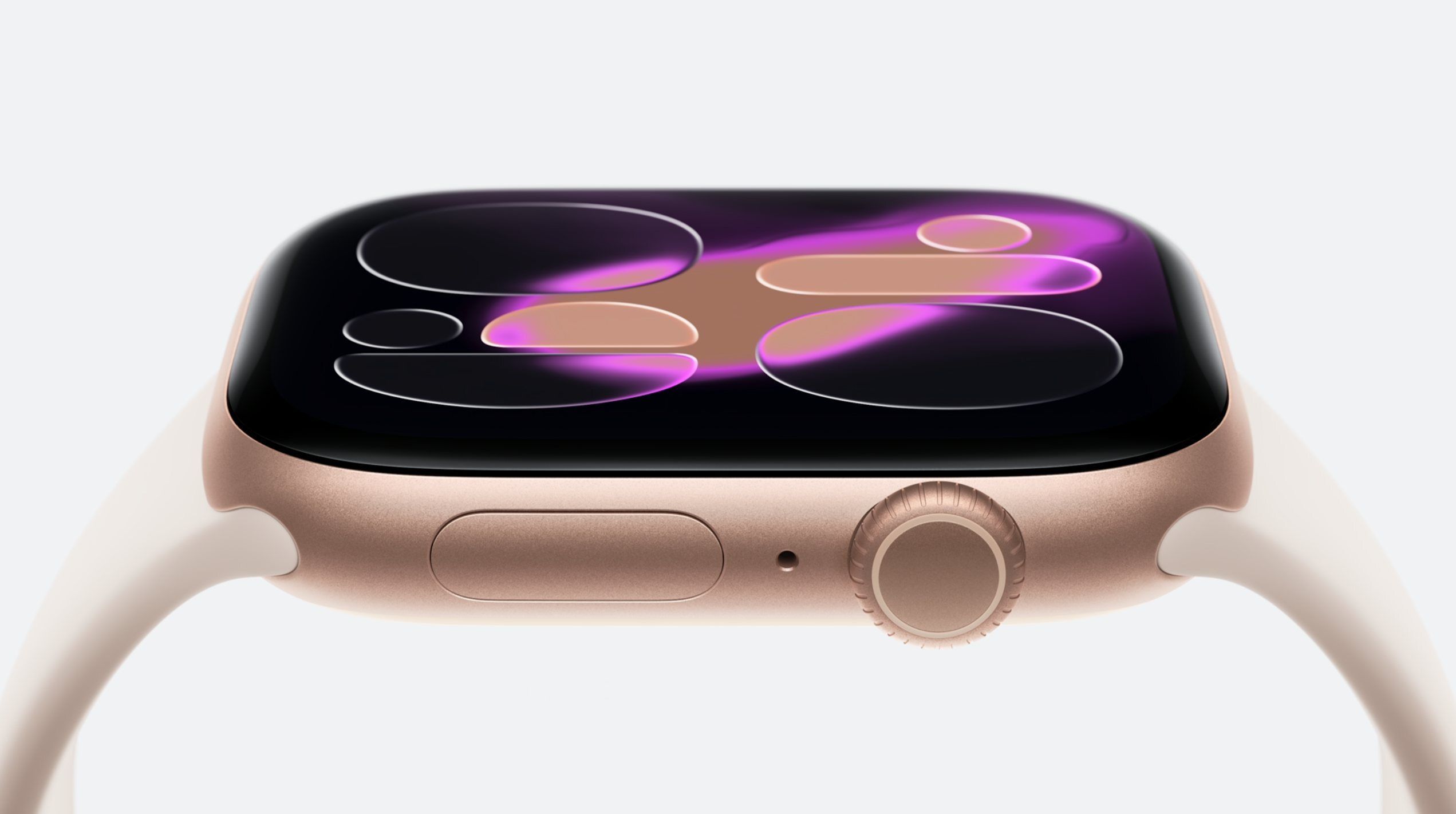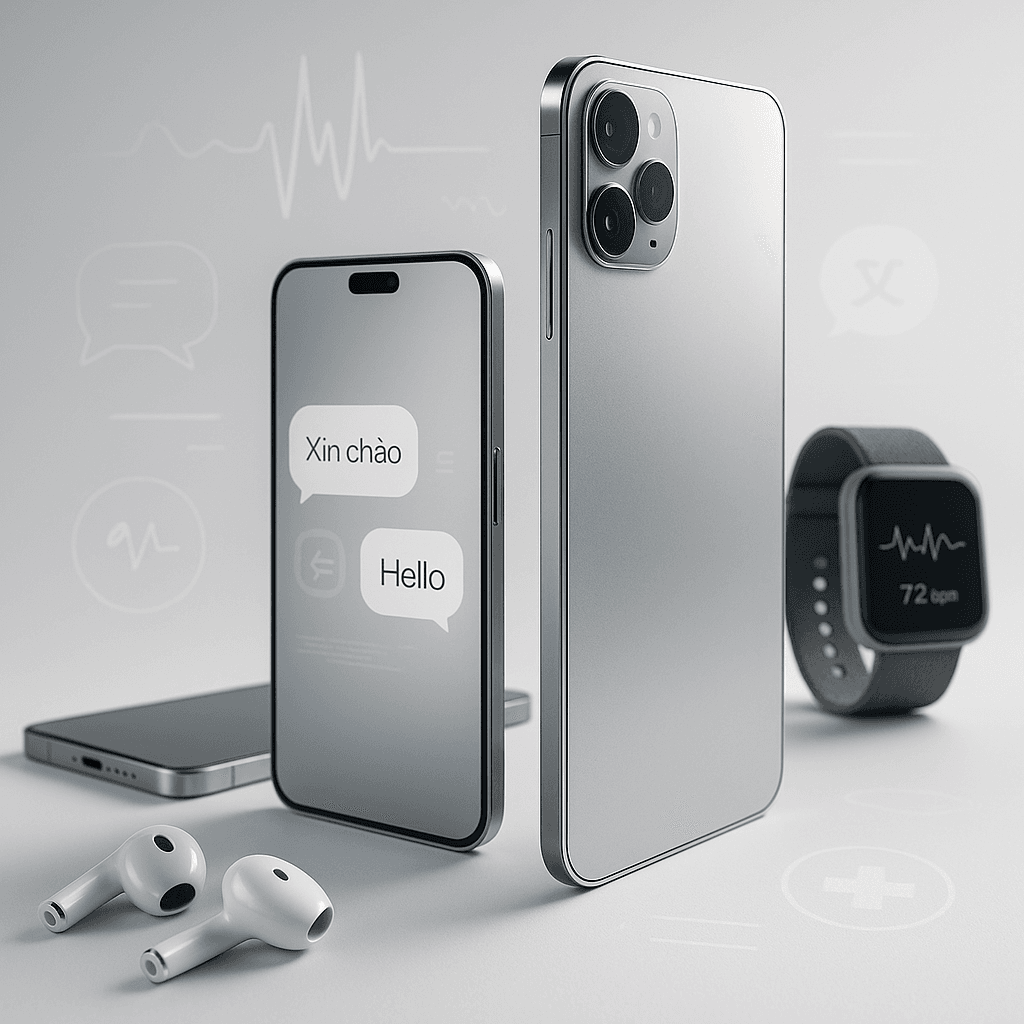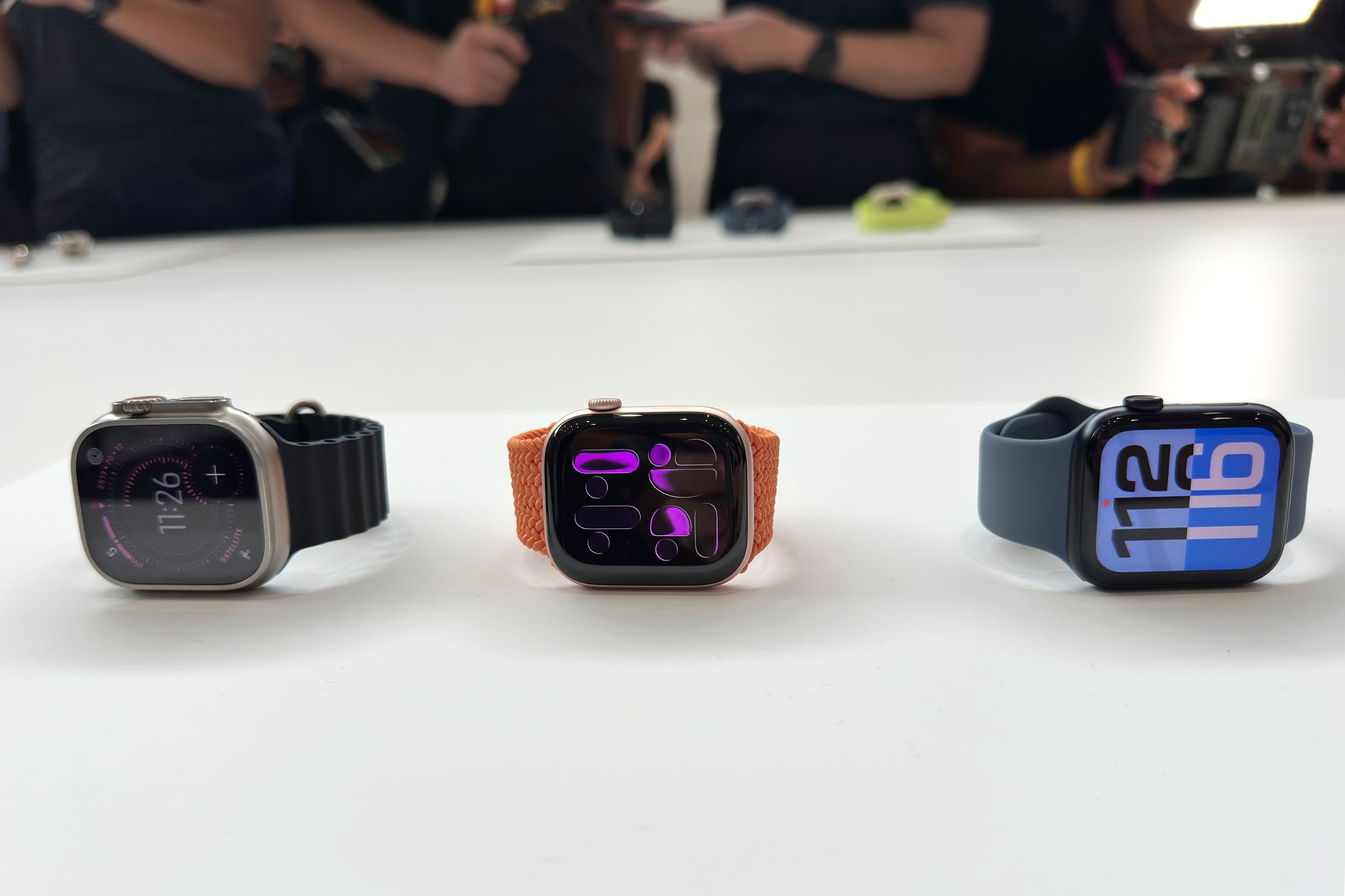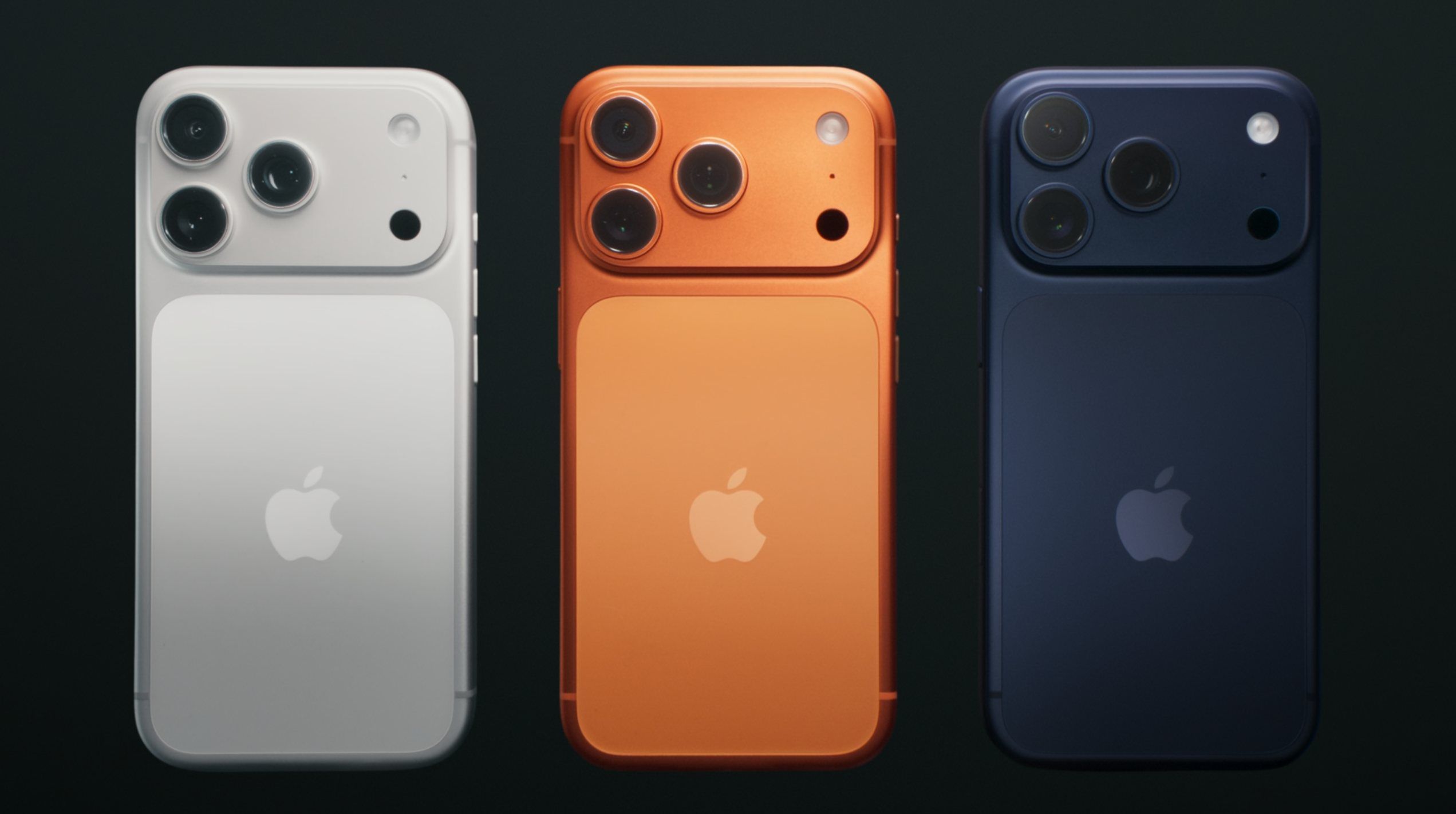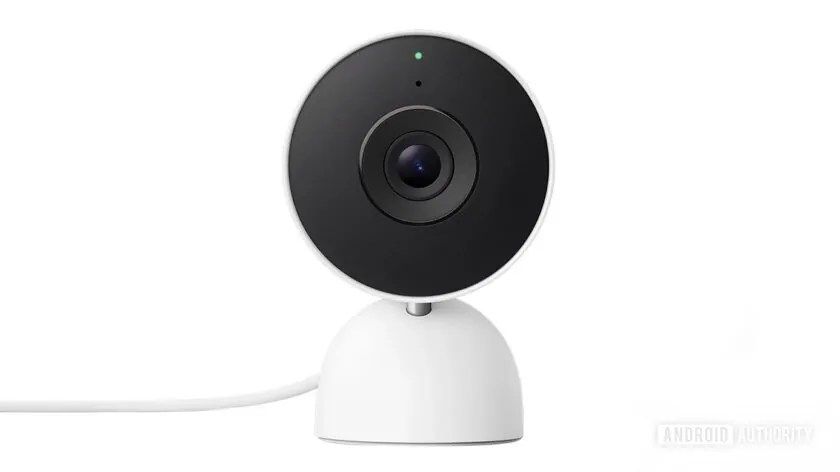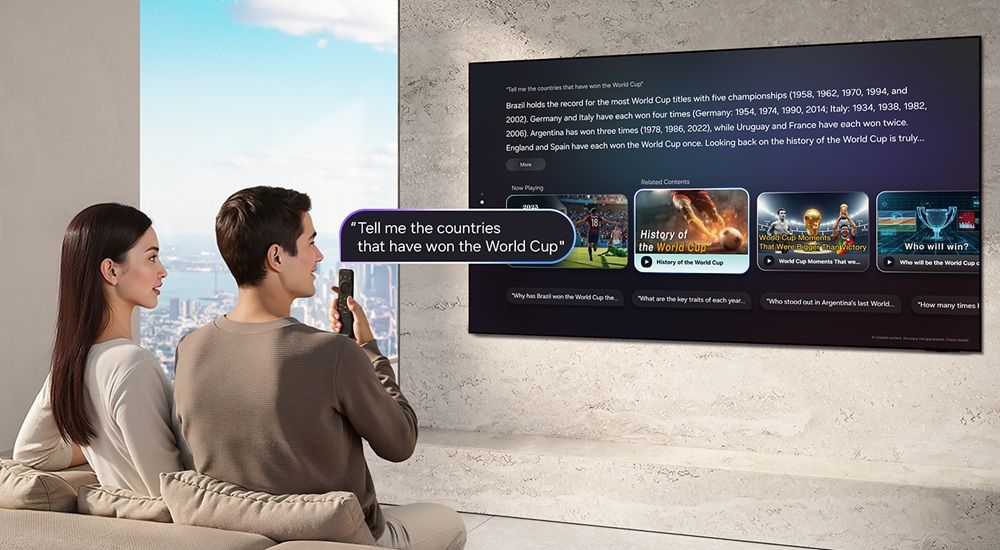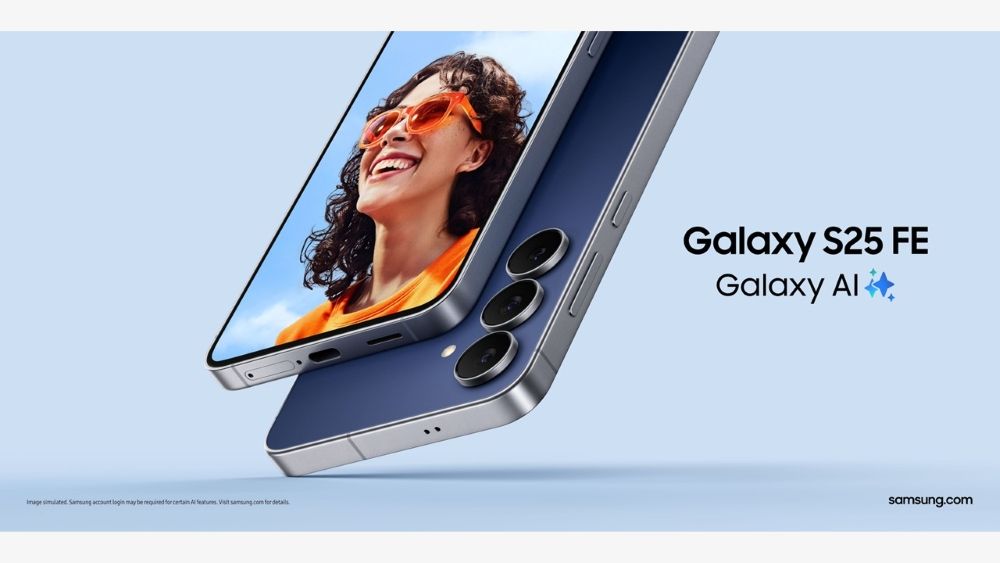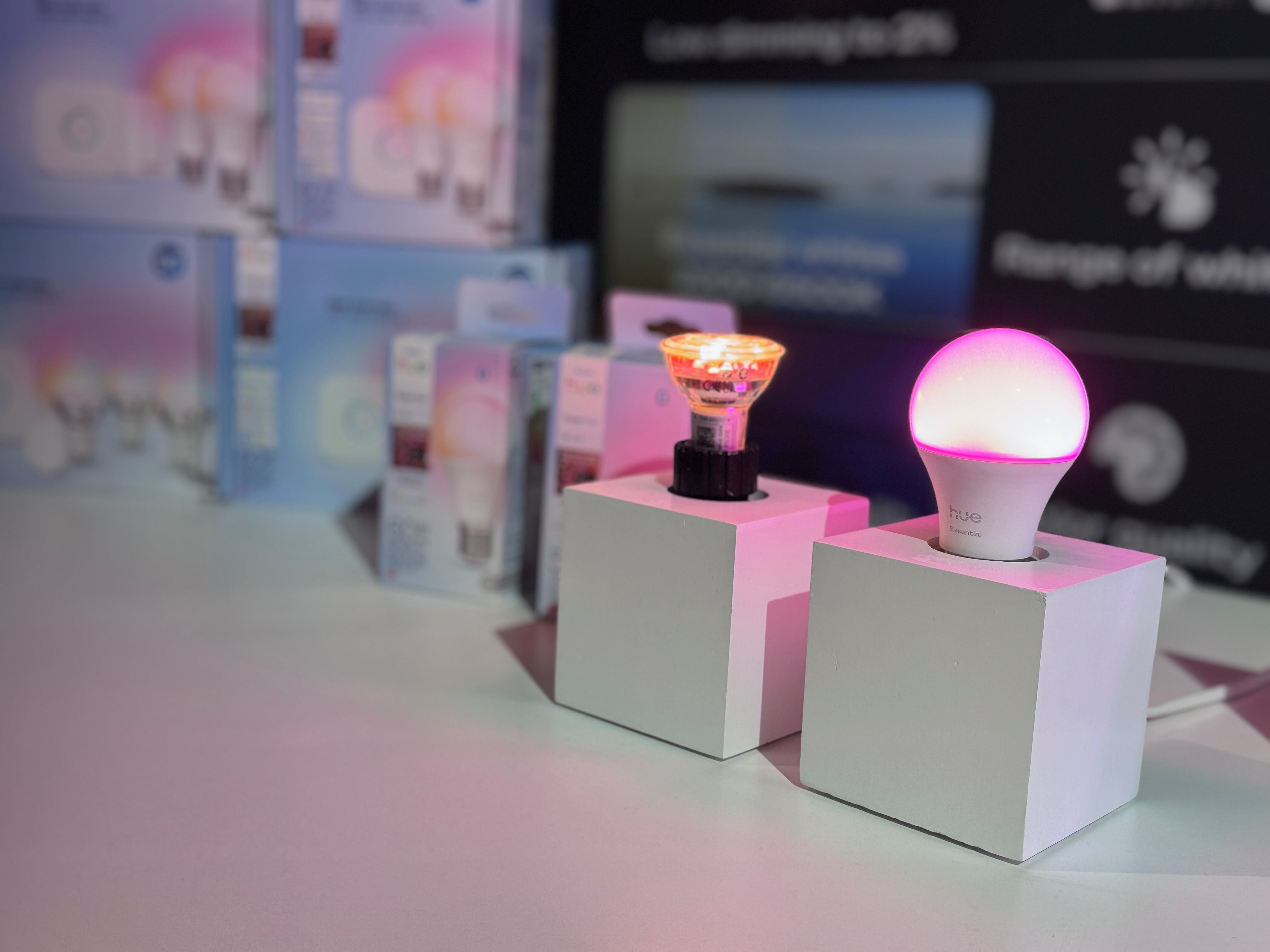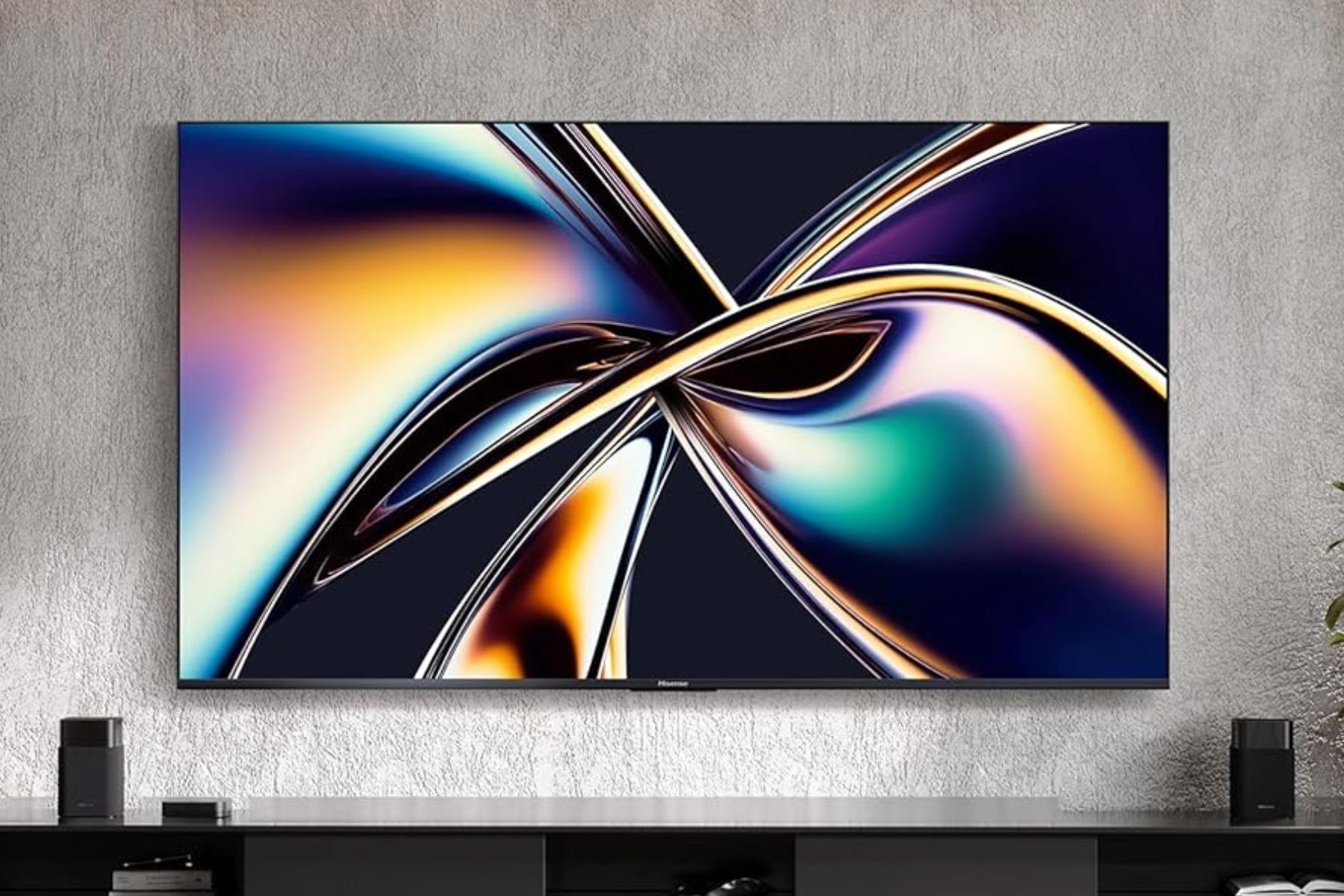Apple just dropped the Apple Watch Series 11 with a game-changing upgrade that's been years in the making. The company's latest smartwatch finally brings 5G cellular connectivity to your wrist, while debuting advanced health monitoring that can track hypertension and chronic high blood pressure. This isn't just a spec bump - it's positioning Apple to dominate the medical wearables space that's expected to hit $185 billion by 2030.
Apple just made the smartwatch space a lot more interesting. The company's Apple Watch Series 11, announced during today's September event, finally brings 5G cellular connectivity to the world's most popular wearable - a move that could reshape how we think about standalone smartwatch experiences.
The 5G upgrade represents the biggest connectivity leap since the original Apple Watch gained cellular capabilities in 2017. Where previous models relied on 4G LTE connections that often struggled with data-heavy tasks, the Series 11 can now tap into the same high-speed networks powering modern smartphones. This opens up possibilities for streaming music, downloading apps, and handling video calls directly from your wrist without needing your iPhone nearby.
But connectivity is just part of the story. Apple is making a serious push into medical-grade health monitoring with the Series 11's ability to detect hypertension and chronic high blood pressure. The feature analyzes data collected over 30 days, looking for patterns that might indicate serious cardiovascular conditions. This puts Apple in direct competition with dedicated medical devices and could accelerate the company's push into healthcare markets worth hundreds of billions annually.
"The Series 11 represents our most significant health advancement yet," according to Apple's announcement materials. The company has been steadily building its health credentials since introducing heart rate monitoring, later adding ECG capabilities, blood oxygen sensing, and sleep apnea detection in the Series 10.
The hardware itself maintains the familiar Apple Watch design language but gets meaningful durability improvements. The new IonX glass promises twice the scratch resistance of previous generations, though Apple hasn't clarified how it compares to the sapphire crystal options available on higher-end models. The watch will come in both recycled aluminum and titanium finishes, continuing Apple's sustainability messaging while maintaining the premium materials users expect.
Apple's also introducing a Sleep Score feature that synthesizes sleep duration, sleep stages, and other metrics into a single digestible number. This follows the industry trend toward simplified health scores, similar to what we've seen from and other fitness-focused wearables. The goal is making complex health data more actionable for everyday users.
